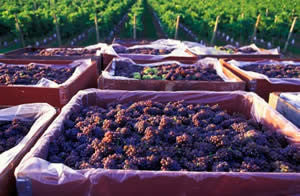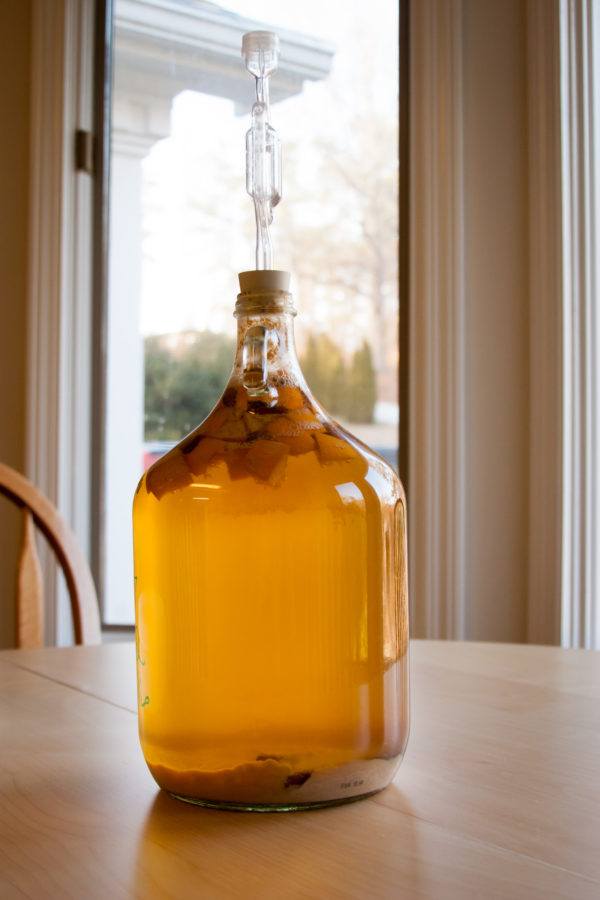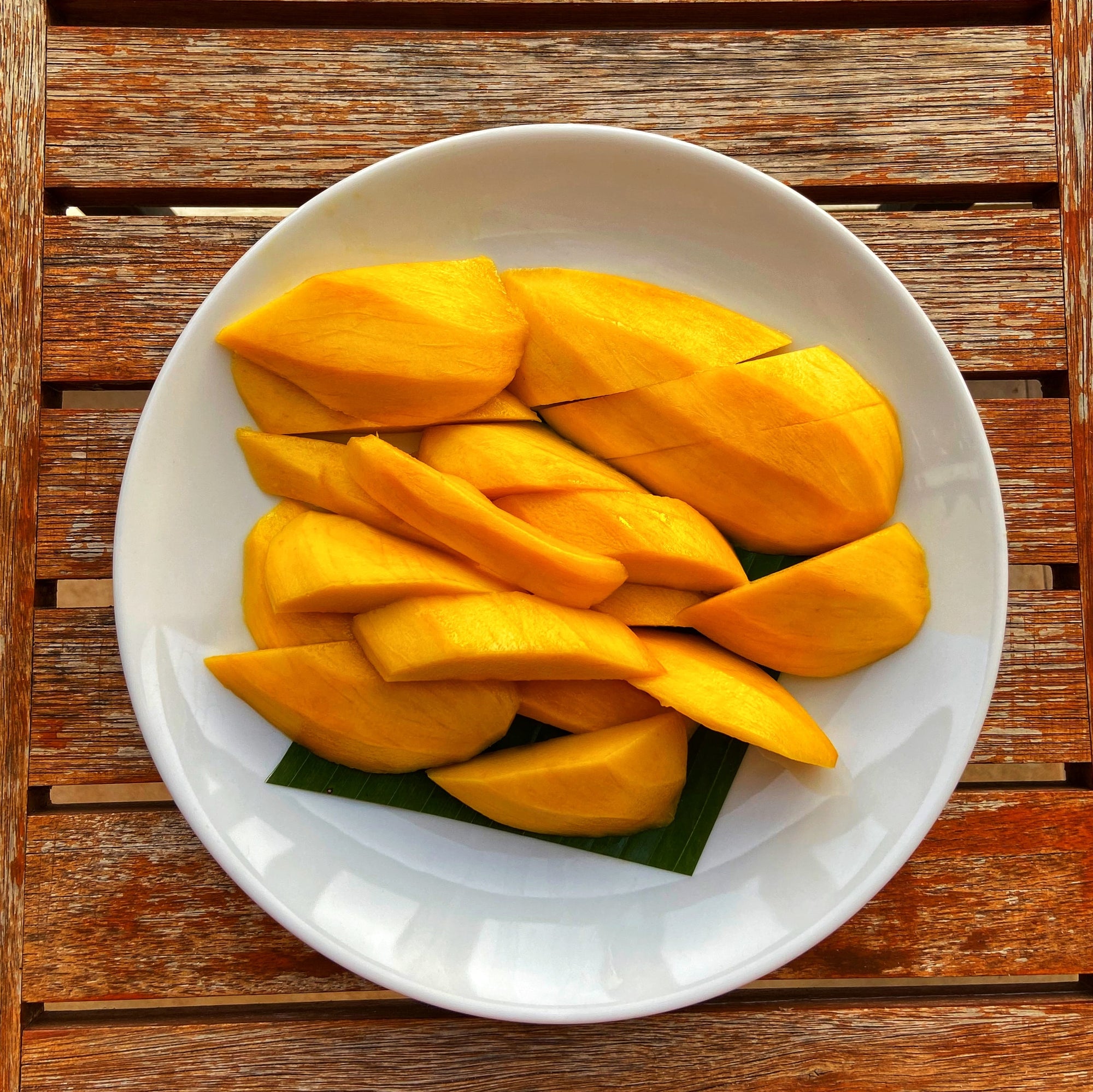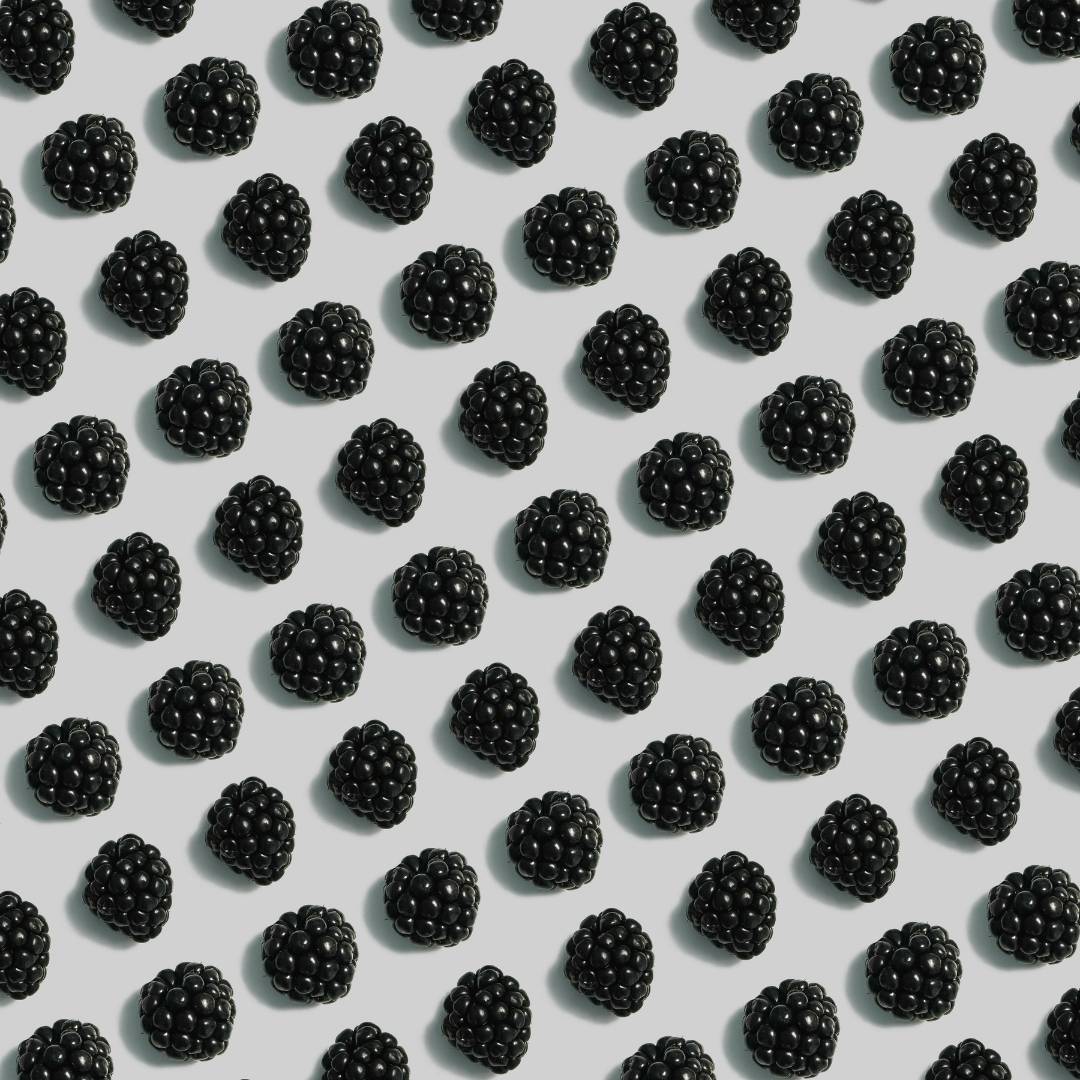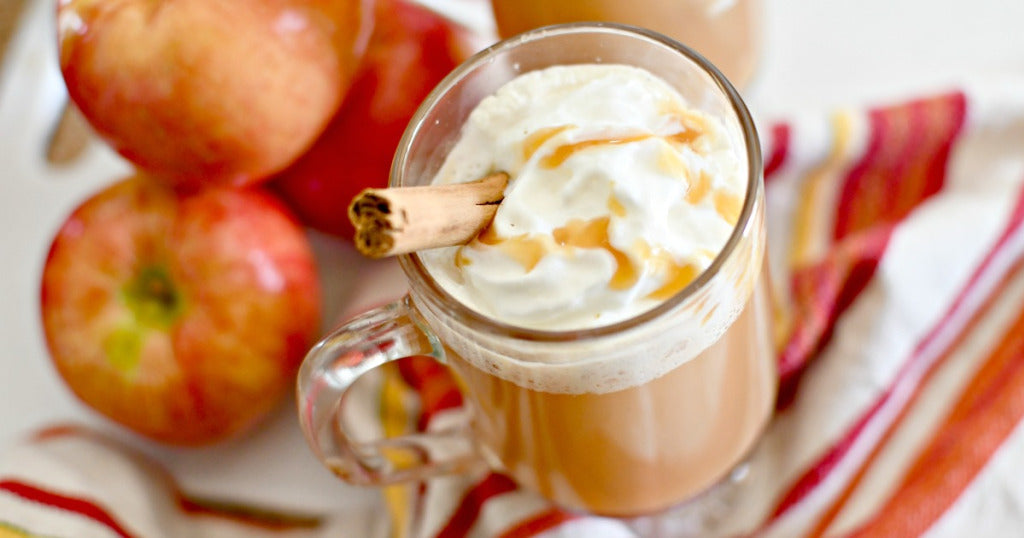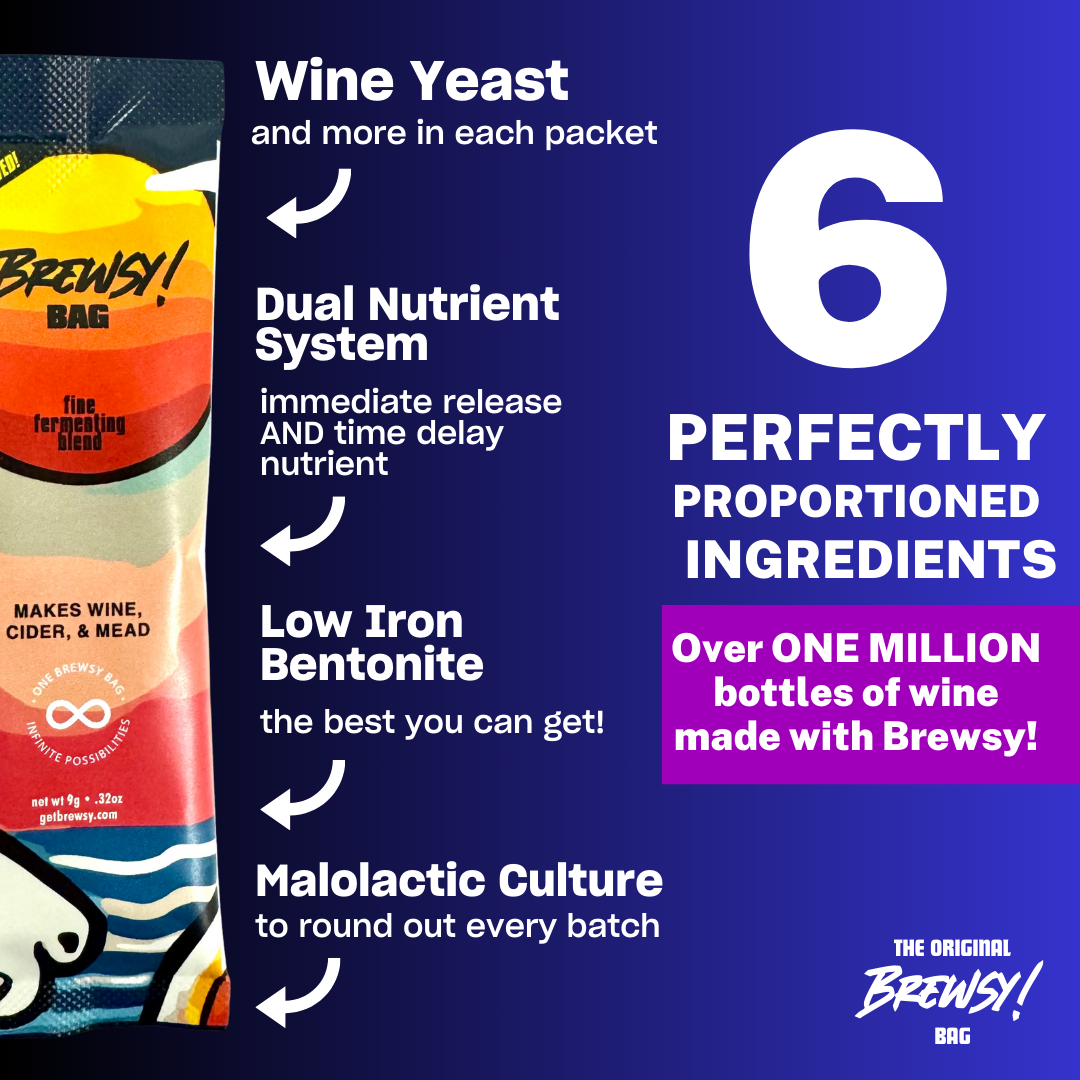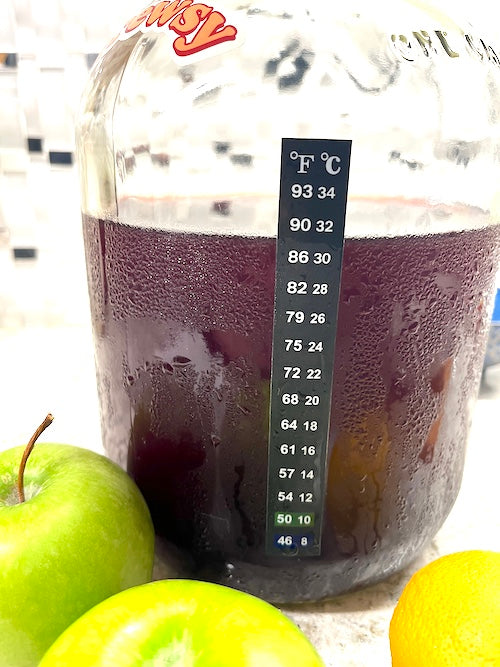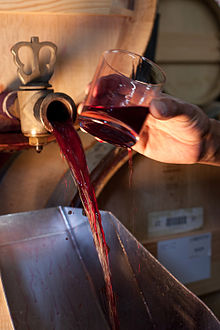
What Is Racking?
Winemaking is much more than simply turning fruits into wine, or juice into wine. All steps involved in the process are crucial if you want a delectable wine perfect for the end of a long day, or for that idle summer afternoon, or any time, really. If you have never made wine before, a step you will see in homemade wine recipes is racking, but what is racking?
Racking, or wine racking to be more precise, is the process of pouring the wine from one container to another. So, this can be from barrel to barrel, vat to vat, a combination of both of those, or, in Brewsy's case, from gallon jug to gallon jug. It is the winemaking-specific term for decantation. Alternatively, wine can also be racked via siphoning through a tube from the main container to an empty one for ease of process. Siphoning is a bit more technical but it results in less sediment agitation as well.
Racking begins after the fermentation period is over. Specifically, it is done after the secondary fermentation takes place which the phase where things begin to slow down and malolactic fermentation takes place. Like decantation, the main purpose of racking is to separate the liquid from the solids which include any skins, pulp, seeds, as well as dead yeast that have settled at the bottom of the container. For homemade, wines such as Brewsy, a period of cold-crashing (refrigerating) is done before racking to stop the fermentation excitement and bring all the particles crashing to the bottom. With everything nice and settled, separation, or racking, can be done.
How many times should wine be racked?
Traditionally, racking takes place at different times. First racking is done shortly after the initial fermentation of turning sugar into alcohol. Then, once it has finished the secondary fermentation, it is racked again. This is done to further clarify the wine by racking, cleaning the barrel, and putting the wine back in it to be left to age. From here, it is racked one more time into a tank to allow one finally settling before bottling. Three being the traditional number of rackings is the reason Brewsy also recommends racking this many times, however, not all juices are made the same and fruits are made the same. Some may require fewer or more rackings.
Are there wines that do not need racking?
In a way, technically, racking can be considered optional. It is a crucial step, but it can be optional. With that said, there are certain beverages that do not require racking, but, given the crucialness and tradition in winemaking, a lack of racking is niche. Two examples of libations that are not racked are the German Federweisser and Joe's Ancient Orange Mead. For the latter, though, the step is merely skipped since mead is still technically racked.
Should homemade wines be racked?
Absolutely, definitely, positively. Dead yeast always leaves that undesired yeasty flavor that can ruin a good wine, and this is especially true for wines with mellower flavors.
If making wine from fresh fruits, there is always going to be some manner of fruit debris in the wine which, unless you actually want it in there, should be separated from the wine.
In the end, racking is always more of a benefit than a drawback in winemaking, whether you are making a metric meter, or a humble gallon. Clarified wine is always something to behold.



